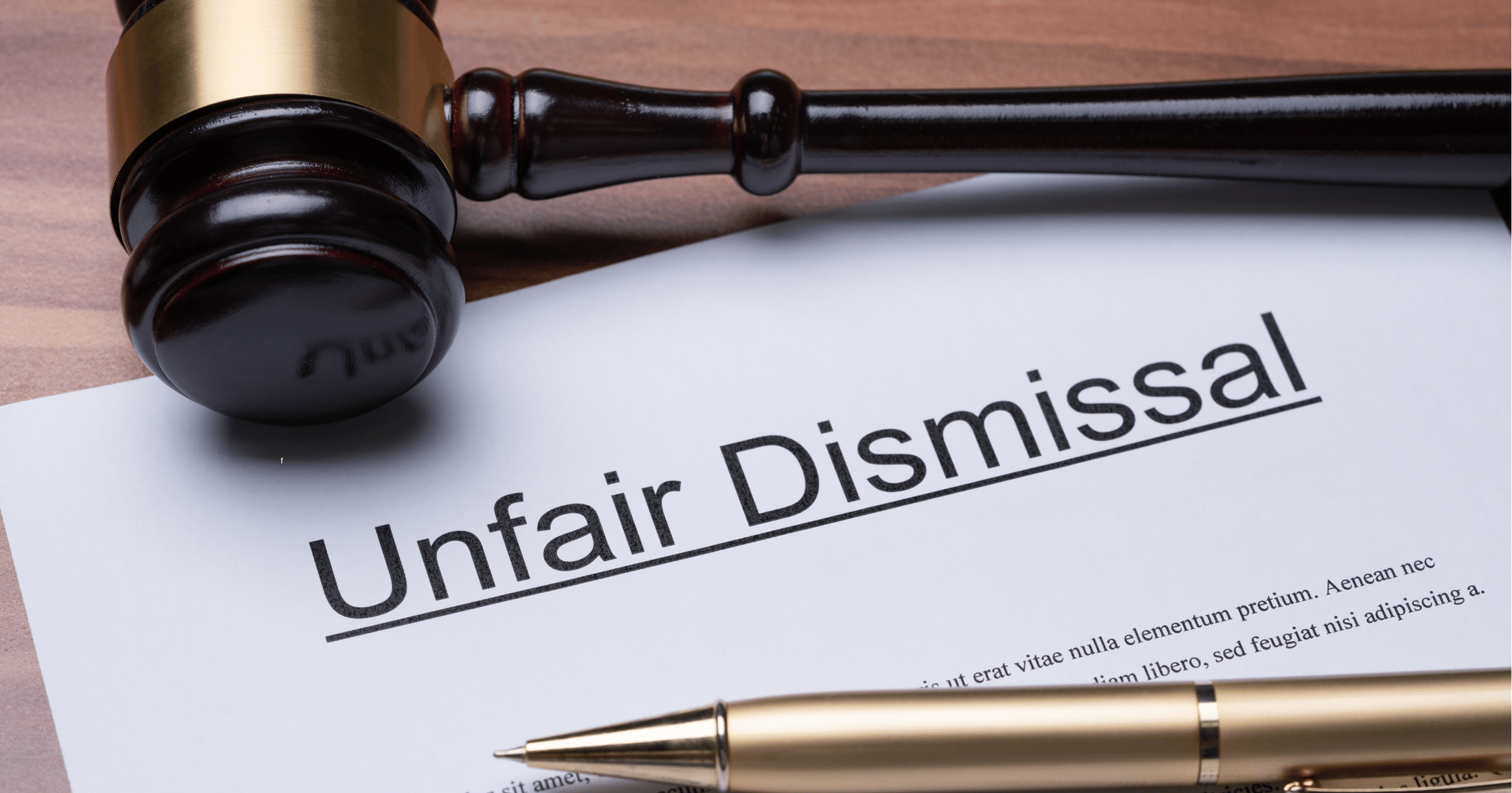1. What Counts as Unfair Dismissal in NSW?
Under s.385 Fair Work Act 2009 (Cth) a dismissal is “unfair” if it is harsh, unjust or unreasonable, not a genuine redundancy, and not consistent with the Small Business Fair Dismissal Code (if applicable).
2. Are You Eligible to Claim?
The Unfair Dismissal Eligibility Checklist (Fair Work Act 2009 s.385) allows you to get a brief idea if you are eligible to make a claim:
| ✔ Tick if true | Requirement | Detail / Threshold |
| ☐ | Employment type | You are an employee (not an independent contractor). |
| ☐ | Minimum employment period | • 6 months’ continuous service, or • 12 months if the employer is a “small business” (<15 employees). |
| ☐ | High‑income threshold | You earn less than $168,600 p.a. (FY 2024‑25) or are covered by an award/enterprise agreement. |
| ☐ | Dismissal | You were dismissed (resignation forced by employer = “constructive dismissal” counts). |
| ☐ | Claims window | You can lodge within 21 calendar days of the dismissal taking effect. |
| ☐ | Dismissal not a genuine redundancy | Role still exists OR employer did not consult as required. |
If you can tick every box, you’re eligible to file an unfair dismissal claim with the Fair Work Commission. If one box is blank, call us for advice—other remedies (general protections, breach of contract) may still apply.
3. Common Examples of Unfair Dismissal
| Scenario | Why it can be unfair |
| Fired on the spot without warning | Procedural fairness breached—no chance to respond. |
| Performance based dismissal after new manager but no training/support | Harsh & unreasonable. |
| Constructive dismissal: employer forces hours/pay cuts to make you quit | Treated as dismissal under s.386(1)(b). |
| Redundant role, but new employee hired soon after | Not a “genuine redundancy”; FWC can reinstate/compensate. |
4. The 21 Day Time Limit for Unfair Dismissals
You must lodge Form F2 with the Fair Work Commission (FWC) within 21 calendar days after the dismissal takes effect. Extensions are rare and require “exceptional circumstances”.
5. Filing Process Step‑by‑Step
- Prepare Form F2 online + witness statement.
- Pay the filing fee ($83.30 as set in FY 2024/25).
- Commission serves employer; employer files Form F3 response.
- Conciliation conference (phone) – 80 % of matters settle here.
- If unresolved, formal hearing → decision → orders (reinstatement or compensation depending on outcome).
6. Remedies & Compensation
- Reinstatement (primary remedy) with continuity of service.
- Compensation – Max 26 weeks’ pay; calculated on remuneration at dismissal.
- Back pay of lost wages minus earnings since dismissal.
- Superannuation, leave entitlements, interest.
7. Employer Defences for Unfair Dismissal
- Misconduct (theft, violence, serious breach).
- Valid performance based reasons + documented warnings.
- Genuine redundancy.
- Out of time (filed after 21 days).
Eleven Legal can analyse the strength of each defence and negotiate higher settlements.
8. Frequently Asked Questions
Q1. What is the time limit for an unfair dismissal claim in Australia?
A1. You must lodge Form F2 with the Fair Work Commission within 21 calendar days after your dismissal takes effect. The clock starts the day after you’re terminated. Extensions are only granted in “exceptional circumstances,” so act quickly.
Q2. How much compensation can I get for unfair dismissal?
A2. The Fair Work Commission can order up to 26 weeks of your ordinary pay or the current high‑income threshold ($168,600 for FY 2024‑25)—whichever is lower. Reinstatement is the preferred remedy; compensation is a monetary alternative when reinstatement isn’t practical.
Q3. Can casual employees claim unfair dismissal?
A3. Yes—if the casual employment was regular and systematic and you had a reasonable expectation of ongoing work. You must also meet the minimum service period (6 months, or 12 months for a small business employer).
9. Need Help With Your Unfair Dismissal Claim?
Call 02 9450 2985.









